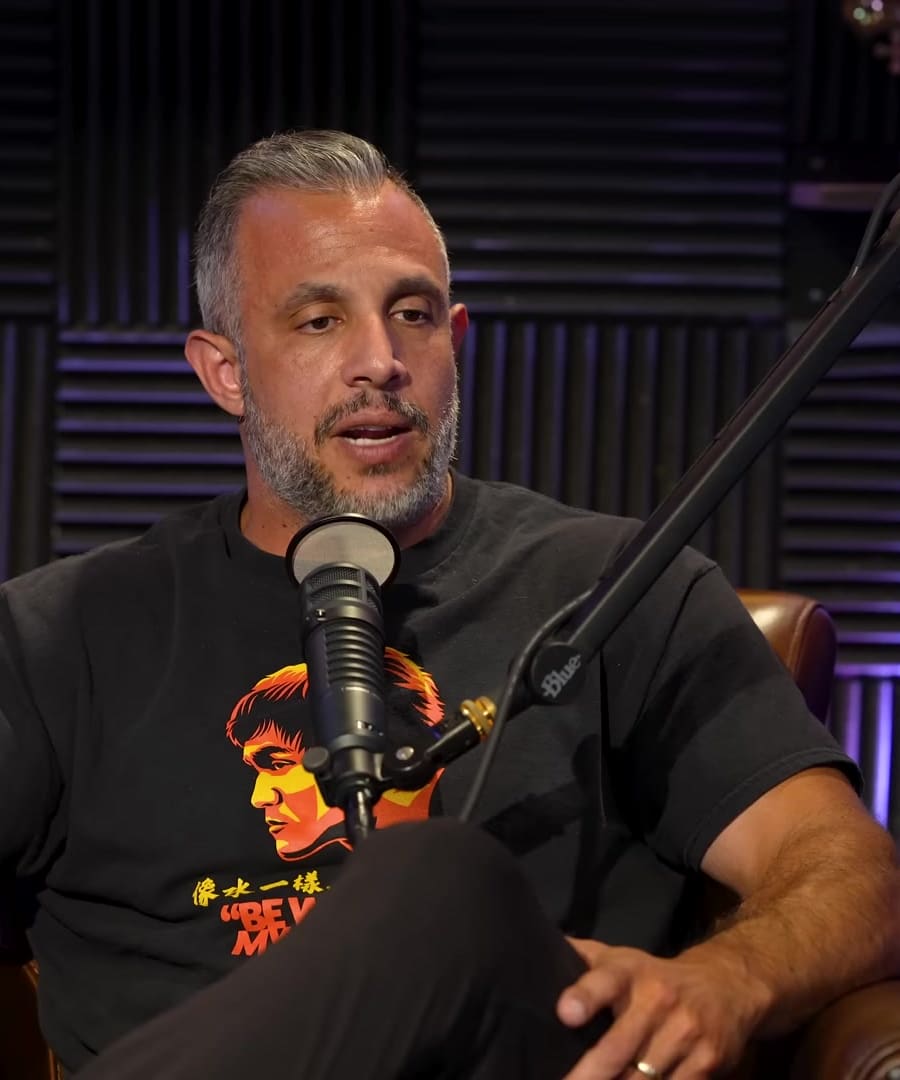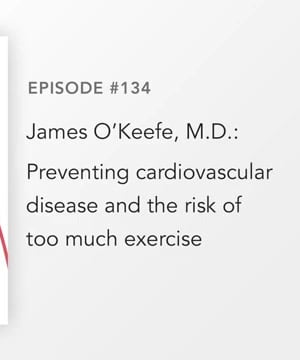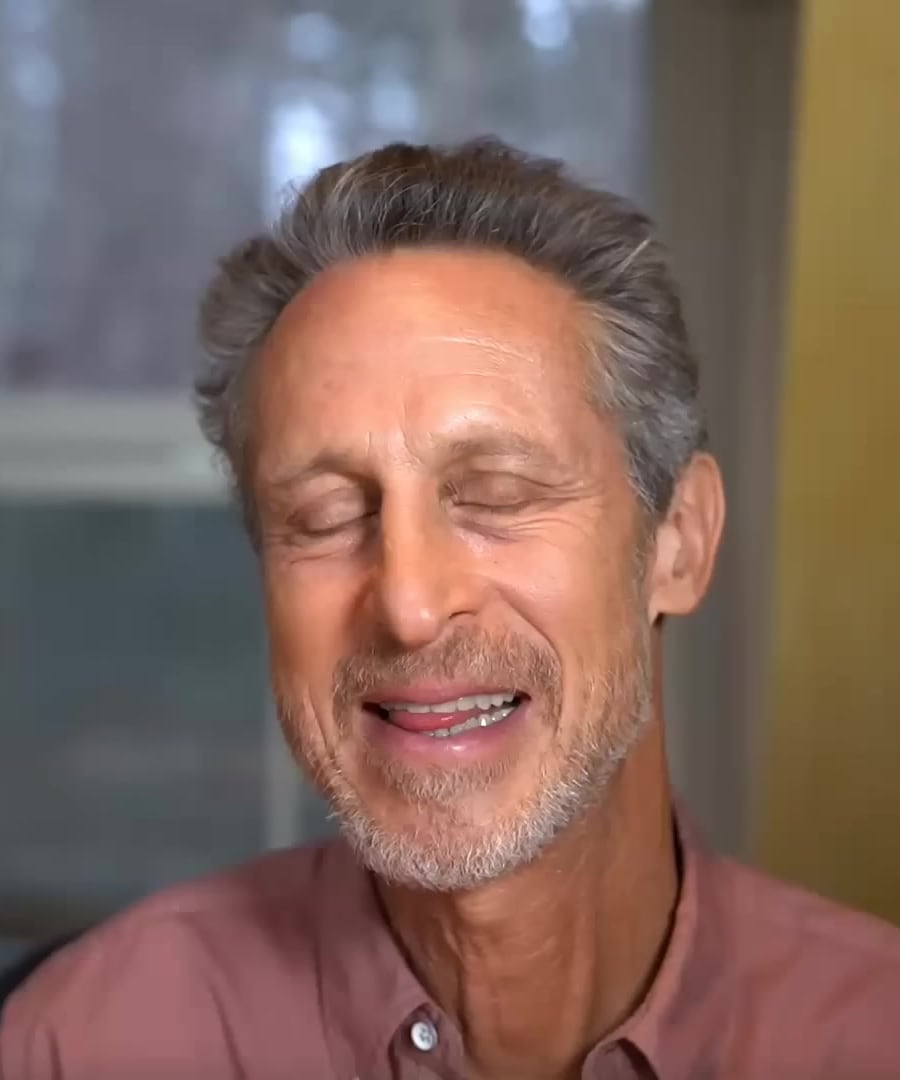Best exercises for overall health and longevity
Sources:
The best exercises for overall health and longevity, as discussed by experts, encompass a few key types:
-
Strength Training:
- Sal Di Stefano from the advocates strength training as the most effective exercise for longevity. It improves metabolic health, insulin sensitivity, and maintains muscle mass, which declines with age. This helps in maintaining mobility and preventing the frailty associated with aging 1.
- It is also highlighted that strength training is crucial for maintaining muscle mass and functionality, which is directly connected to a longer, healthier life 2.
-
Cardiovascular Exercise:
- According to , exercise, particularly cardio, is the most potent "longevity drug". It aids in delaying chronic diseases, improving brain health, and maintaining physical capabilities essential for a high quality of life into old age 3.
- Mark Hyman emphasizes the importance of cardio for boosting Vo2 max, a measure of aerobic fitness, which is directly correlated with longevity. High-intensity interval training (HIIT) is particularly effective for this purpose 2.
-
Flexibility and Balance:
- Maintaining flexibility and agility is crucial, especially as one ages. Mark Hyman suggests incorporating practices like yoga to keep the body supple and prevent the stiffness commonly associated with aging, which can impact mobility and balance 2.
-
Moderate Exercise:
- The Copenhagen City Heart Study found that moderate levels of exercise confer the most significant benefits for longevity. Sports like tennis, with its combination of physical exertion and social interaction, have shown the best outcomes in terms of lifespan extension 4.
In essence, a well-rounded exercise regimen combining strength training, cardiovascular activities, and flexibility exercises is optimal for promoting long-term health and longevity.
RELATED QUESTIONS-
How does it differ by age?
Sources:
Age-specific exercise recommendations for health and longevity vary significantly as the body’s needs and capacities change over time.
Younger Adults (20s-40s)
- Cardio and High-Intensity Workouts: These are highly effective due to better recovery abilities and higher energy levels. Engaging in activities like running, cycling, or HIIT helps maintain cardiovascular health and high Vo2 max, which is linked to longevity 1 2.
- Strength Training: Building muscle mass is crucial in this stage to counteract natural muscle loss that begins around age 30. It also boosts metabolic health 3 4.
Middle Age (40s-60s)
- Consistency is Key: Regular exercise becomes increasingly vital as hormonal changes can lead to muscle loss and decreased metabolism. Maintaining muscle mass through weight training becomes critical 1 2.
- Flexibility and Balance: Incorporating yoga or Pilates can help preserve mobility and prevent injuries, which are more common as the body ages 1.
- Moderate Intensity Cardio: Engaging in moderate-intensity cardiovascular exercise helps to sustain heart health and endurance without overly stressing the body 2.
Older Adults (60+)
- Resistance Exercise: This is paramount for preserving muscle mass, preventing frailty, and supporting overall functionality. Simple strength exercises can significantly reduce the risk of falls and improve daily life quality 2 5.
- Aerobic Activities with Lower Impact: Activities such as walking, swimming, or cycling are recommended to maintain cardiovascular health without putting excessive strain on joints 6.
- Increased Focus on Regular Activity: As physical activity becomes less driven by hormones, older adults need to be more diligent about staying active. Regular exercise can help curb the natural decline in strength and resilience associated with aging 1 4.
In summary, while younger individuals may benefit more from high-intensity and diverse workouts, older adults should prioritize consistency, resistance training, and low-impact aerobic activities to maintain health and longevity.
RELATED QUESTIONSWhat about if you’ve never exercised before?
Sources:
If you've never exercised before, it's important to start gradually and focus on consistency rather than intensity. Here are key steps recommended by trusted experts:
Start Small
- Begin with Walking: Dr. Carolina Osorio shares her journey from a sedentary lifestyle to becoming a half-marathon runner by starting with small steps, literally. Using a pedometer, she gradually increased her daily steps, building up from 1,000 to 7,000 steps a day before moving onto more intense activities 1.
- Focus on Moving Your Body: Dr. Molly Maloof emphasizes the importance of incorporating movement throughout the day. Starting with simple activities like walking can help build a consistent exercise habit without the intimidation of going to a gym 2.
Moderate Volume
- Low Volume, High Frequency: For those completely new to exercise, beginning with low volume is crucial. Mike Israetel advises starting with just one set per exercise during the first week and gradually increasing volume to avoid injury and excessive soreness 3.
Simple Exercises
- Functional Movements: Danny Matranga suggests incorporating basic, functional movements like bodyweight squats or leg presses, depending on your fitness level. Starting with 2-4 days a week of workouts that are 20-60 minutes long helps build a solid foundation 4.
Building a Routine
- Gradual Steps: Marielle Segarra and Maria Godoy recommend thinking of your fitness journey as climbing a ladder. Start with minimal activities like standing up from a chair repeatedly or taking short walks, and gradually increase the duration and intensity of your workouts as your body adapts 5.
Enjoy the Process
- Motivation Through Enjoyment: Experts agree that finding joy in the process is essential. Rather than focusing solely on physical changes or health benefits, pay attention to how exercise makes you feel. This positive reinforcement can help maintain consistency over time 5.
Starting an exercise routine from scratch can be daunting, but breaking it down into manageable steps and prioritizing consistency and enjoyment can lead to long-term success.
RELATED QUESTIONS


